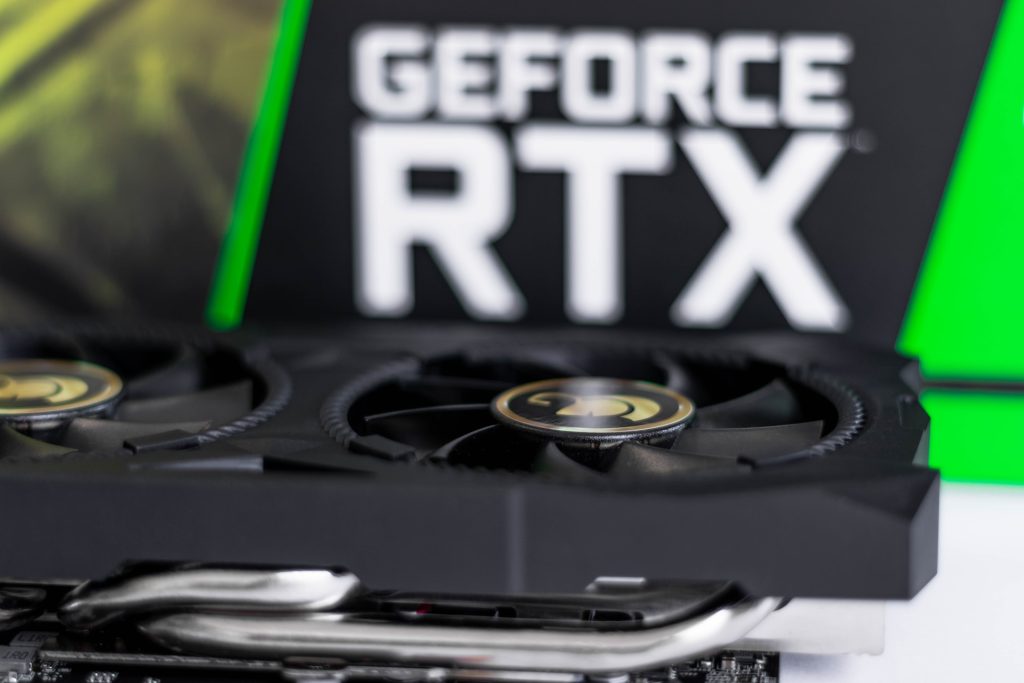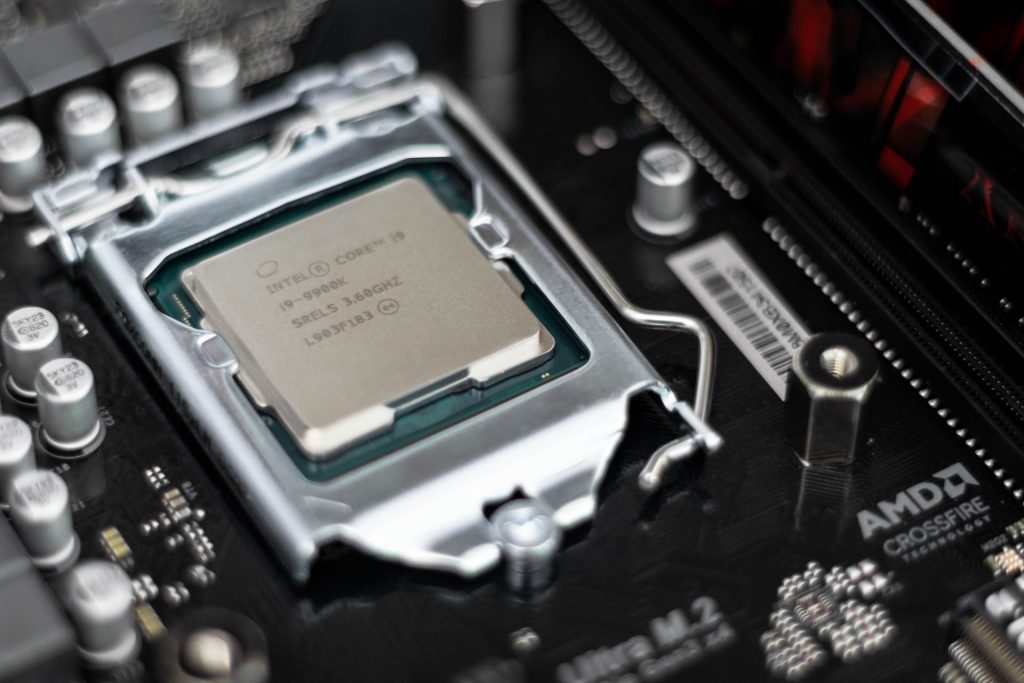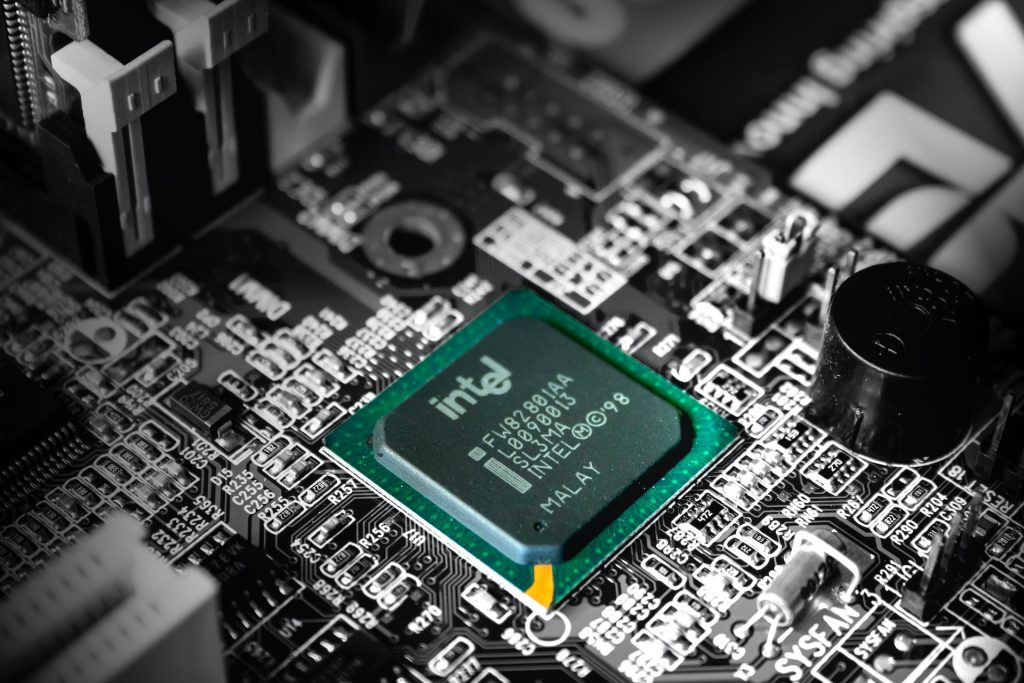Hello, tech enthusiasts and curious readers! If you’re navigating the intricate world of computer specifications or contemplating a custom PC build, you might’ve encountered the terms ‘discrete graphics’ and ‘integrated graphics’. Intriguing and perhaps a bit perplexing, right? Worry not, your journey into the technological jargon doesn’t have to be a solo mission. Whether you’re a tech newbie or simply in need of a quick refresher, I’m here to help. This blog post aims to demystify these elusive concepts, equipping you with the knowledge to discern the difference between discrete and integrated graphics.
But we’re not going to stop at just definitions; we’ll examine these terms in the context of practical implications and real-world applications. We’ll explore the importance of these terms when choosing the right system for your needs—be it gaming, designing, or simple everyday tasks. By the end of this guide, you’ll be more informed about the hardware that powers the graphics on your screen and better prepared to choose between discrete and integrated Graphics when purchasing your next device.
Contents
The Art of Visuals: Discrete Graphics
A discrete graphics card, in essence, is a separate Graphic Processing Unit (GPU) from the central processing unit (CPU)—hence the term “discrete”. This standalone entity is responsible for rendering all visuals, boasting its own memory and cooling system.
You’ll find a discrete graphics card nestled in one of the PCIe (Peripheral Component Interconnect Express) slots on your computer’s motherboard. These slots are the jack of all trades, hosting various components like network cards, SSD expansion cards, and more. However, the most common inhabitant is indeed the graphics card. Currently, one of the most popular graphics cards is the Nvidia GeForce RTX 4090 used for its Deep Learning Super Sampling (DLSS), Ray tracing, Large Memory buffer, reliable software, etc. to provide the finest gaming experience. Check it out on Amazon.

VRAM: The Power Behind the Throne
The unique memory of a discrete graphics card is called VRAM, short for video random access memory. VRAM’s claim to fame is its speed—it’s significantly faster than regular RAM. This super-speedy memory is capable of storing intensive graphical information.
When an image needs to be displayed, VRAM swiftly processes it, and voila! The image appears on the screen. For gamers or video editors, having a good amount of VRAM is crucial, as it helps to prevent annoying stuttering or freezing. However, VRAM is a fixed component soldered onto the GPU, so upgrading it post-purchase isn’t an option. So, shop wisely!
Why Choose Discrete Graphics?
Discrete graphics cards generally process visual tasks, such as gaming or video editing, at a faster pace than their integrated counterparts. Plus, they have more varied visual outputs compared to integrated graphics, which usually depend on a single HDMI port on the motherboard’s backside. Discrete graphics cards, on the other hand, typically have multiple HDMI and DisplayPorts.
The All-in-One Package: Integrated Graphics
Integrated graphics are the jack-of-all-trades of the graphics world—combining the functions of a GPU and CPU on a single chip. Despite their earlier not-so-stellar reputation, integrated graphics have significantly improved over time and are now more than capable of handling everyday tasks and lightweight gaming. But, it’s important to keep expectations realistic, as integrated graphics do have power limitations.
One vital thing to remember about integrated graphics is that they share memory with the system’s main RAM. This means that for any heavy-duty tasks, the integrated graphics will take as much RAM as they need. Consequently, visuals need to be processed in the system memory rather than memory chips located adjacent to the graphics chip, which is the case with discrete GPUs. This could lead to some slowdown or freezing, and systems reliant on integrated graphics will experience faster gaming frame rates with quicker system RAM.

Discrete and Integrated Graphics: Which is Better?
The million-dollar question: Which is better? The answer lies in your specific needs. Are you a gaming enthusiast seeking high frame rates or a casual gamer playing older titles? Do you use your PC for image editing tasks? These considerations will influence your decision.
The Case for Discrete Graphics
If you crave stable gaming performance or quicker editing times, a laptop or PC with a dedicated graphics card might be your best bet. Thanks to their dedicated memory and cooling solutions, discrete graphics cards can house larger graphics chips, making them more potent than even the most powerful integrated graphics. Those eager to play the latest games should opt for a system with a discrete graphics card. But remember, these cards generate more heat, consume more power, add weight, and increase the system’s cost.
When Integrated Graphics Shine
However, if graphics-intensive gaming or editing isn’t on your to-do list, a system with integrated graphics should suffice. Integrated graphics consume far less energy than their dedicated counterparts, leading to extended battery life and a more compact system design. Plus, they come with a friendlier price tag.
It’s crucial to remember that integrated graphics can still handle some gaming—just not the resource-intensive triple-A titles. But hey, a bit of graphics tweaking and you’re good to go!

Explore our other articles:
- How to Know More About Graphics Cards in your PC
- Best Free Puzzle Games For Windows
- Best GIMP Plugins For Graphics Editing
Finishing Remarks
To wrap things up, the decision between discrete and integrated graphics largely depends on your individual needs and priorities. Are you a gaming enthusiast, a professional content creator, or just someone who uses a computer for everyday tasks? Each of these scenarios requires different levels of graphic processing power. Understanding your needs will help you make the best choice, striking a balance between performance, power consumption, and cost.
Remember, every device is a balance of trade-offs, and knowing what you prioritize can help guide your decision. Whether you opt for a system with discrete graphics for heavy-duty tasks or one with integrated graphics for more casual use, the aim is to make sure it suits your unique requirements. After all, the best device for you is one that enables you to do what you love most, without any hassle or hiccups. Now you’re not just aware of the difference between discrete and integrated graphics, but you’re ready to choose wisely.






